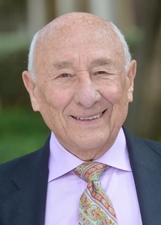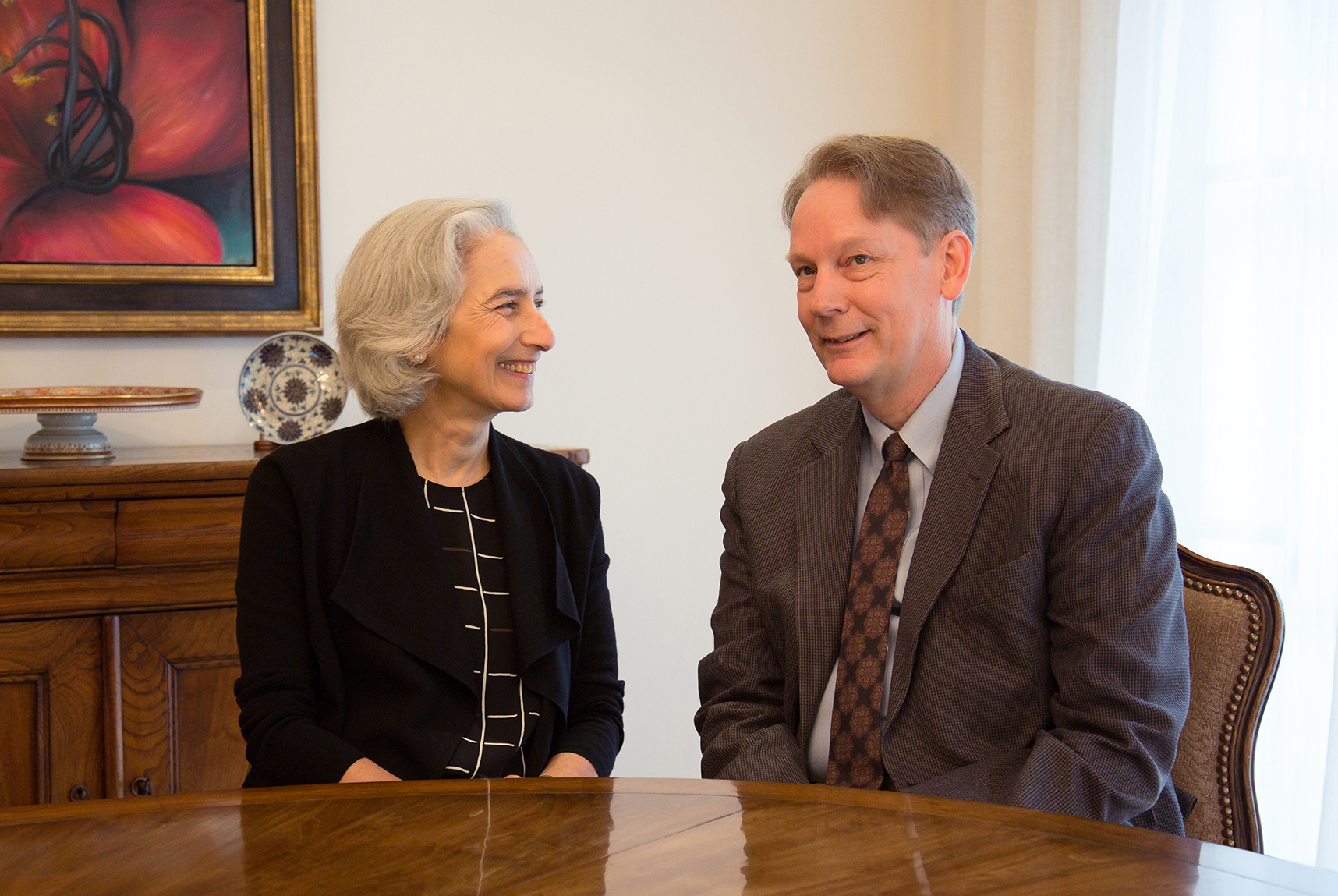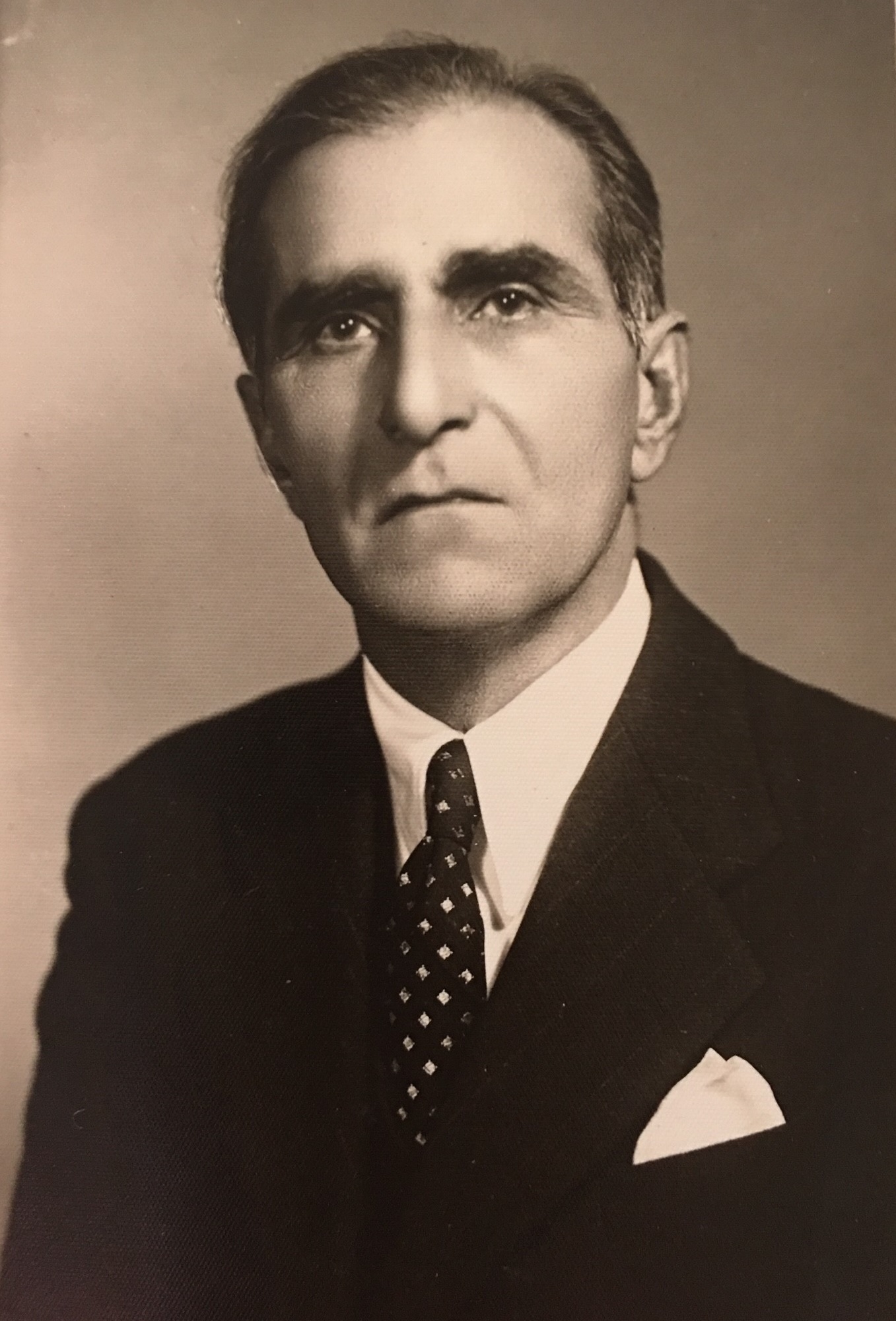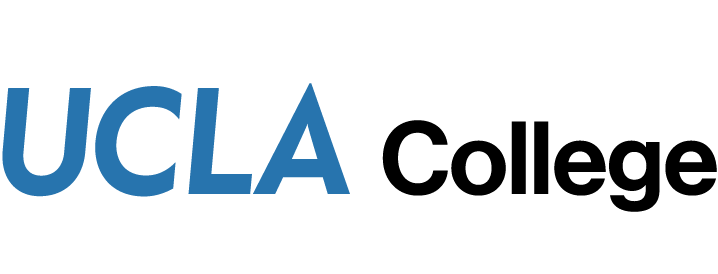UCLA faculty voice: Oroville Dam shows urgent need for climate adaptation
The crisis at Oroville Dam should be a wake-up call to those making infrastructure decisions today that will affect Californians for many years to come.
The crisis at Oroville Dam should be a wake-up call to those making infrastructure decisions today that will affect Californians for many years to come.
After years of being largely shut out of the Academy Award nominations — a trend that prompted the #OscarsSoWhite social media campaign in 2016 — actors, writers, directors and even a cinematographer of color are among the nominees for the 2017 Oscars, which will be held Feb. 26.
Thanks to a $5 million gift from longtime supporter Meyer Luskin, UCLA will establish the Luskin Center for History and Policy, the first academic research center on the West Coast devoted to using history to publish knowledge that promotes solutions to present-day issues.

Meyer Luskin
The new center will foster teaching, research and collaborations across campus and beyond the university that will direct historical insights to shaping policies and solving problems.
“I believe we can use history to better our lives,” said Luskin, the chairman, president and CEO of Scope Industries. “The best way to choose the path to the future is to know the roads that brought us to the present.”
The Luskin Center for History and Policy will be a pioneer in translating historical research into tangible and accessible sources of knowledge. The center will support policy-oriented projects developed by UCLA history faculty and their colleagues across campus, host visiting scholars and postdoctoral fellows and provide funding for graduate students. It will also sponsor new courses that will train students to analyze historical events and apply their knowledge to current issues.
“Meyer Luskin has given UCLA the means to build a new pathway to using historical knowledge for the greater good,” said Scott Waugh, UCLA’s executive vice chancellor and provost. “Situated in a global university with a public mission, the new center is well placed to have a decisive impact, from the local level all the way to the international level.”
The history department can already cite at least one recent example of the influence of historical research on public action. In 2015, Zev Yaroslavsky, a former Los Angeles County supervisor and now a senior fellow in history at UCLA, led a project examining the city’s bidding process for the 1984 Olympics. The resulting position paper was distilled into an op-ed published in the Los Angeles Times and contributed to the decision by the Los Angeles City Council to delay a vote on the Olympic bid until all its provisions could be properly debated.
Stephen Aron, the Robert N. Burr Department Chair of the history department, said the center would be a hub for collaborative projects engaging researchers from the social sciences and the humanities as well as campus units including the UCLA Fielding School of Public Health and the UCLA Luskin School of Public Affairs.
“My goal is to make history matter more to more people, and I can’t think of a better way to do that than through this center,” Aron said. “We are indebted to Meyer for his generous and visionary action.”
Initially, the center will be under the direction of history professor and former department chair David Myers, working closely with Aron.
“There is a new urgency to understand and apply our historical knowledge to today’s world,” said Myers, holder of the Sady and Ludwig Kahn Chair in Jewish History. “The new Luskin Center will be a national trend-setter in bringing many different angles of historical perspective to bear on key issues in the country — and world — today.”
Myers said the center would help develop new forms of teaching to equip students with the historical tools to make sense of the world around them and thrive in any number of careers.
Luskin, who graduated in 1949, and his wife, Renee, who graduated in 1953, are among UCLA’s most generous supporters. In 2011, they donated $100 million — the second-largest gift ever to the campus — to support academic programs and capital improvements. The gift was equally divided between the UCLA School of Public Affairs, which was renamed in their honor, and the UCLA Meyer and Renee Luskin Conference Center, which opened in 2016. Luskin co-chairs the UCLA Centennial Campaign Cabinet, serves on the campaign executive committee, and is a member of the UCLA Foundation board of directors.
Addressing graduates at the 2014 history department commencement, Luskin said, “The study of history creates important knowledge — but equally important is how you assemble and use that knowledge.”
UCLA has established the Pourdavoud Center for the Study of the Iranian World, the first center in the Western Hemisphere that aims to advance the knowledge of ancient Iranian languages, history and religions.

Anahita and James Lovelace
The Pourdavoud Center was named for the late Professor Ebrahim Pourdavoud, a pioneering scholar of ancient Persia, and was made possible by a gift from his granddaughter, Dr. Anahita Naficy Lovelace, and her husband, James B. Lovelace.
“My grandfather devoted a lifetime to the study of the history, languages, religions and culture of ancient Iran. I am so grateful that Jim and I have the good fortune to be able to honor and extend the impact of his important contributions,” Lovelace said.
The mission of the Pourdavoud Center is to engage in transformative research on all aspects of Iranian antiquity, including its reception in the medieval and modern periods, by expanding on the traditional domains of Old Iranian studies and promoting cross-cultural and interdisciplinary scholarship. The center will complement UCLA’s well-established doctoral program in Iranian Studies – founded more than half a century ago in 1963 – which attracts 1,000 students from all over campus to its courses each year.
“At UCLA, we recognize that the study of ancient cultures is more important today than ever,” said David Schaberg, dean of humanities in the UCLA College. “It reveals the rich tapestry of human history and identity, and allows us to understand and uphold the highest values our forebears espoused.”
Schaberg said he was confident that the Pourdavoud Center would inspire lively intellectual and cross-cultural discussions among students and scholars throughout campus, as well as members of the Los Angeles community.
“UCLA’s location in the principal metropolitan center for the Iranian-American community is ideal for the Pourdavoud Center,” he said.
The Pourdavoud Center will host lectures, seminars, workshops and conferences. It will also provide grants to established and emerging visiting scholars to generate and disseminate innovative scholarship on ancient Iran.
The center will draw on a wealth of campus resources including: the departments of Near Eastern Languages and Cultures, Classics, History, Art History, and Asian Languages and Cultures; the Indo-European Studies program; the Cotsen Institute for Archaeology; the Asia Institute; the Center for Medieval and Renaissance Studies; and the UCLA Alan D. Leve Center for Jewish Studies. Moreover, extensive collections of medieval Persian manuscripts and late antique Iranian inscriptions will be available to scholars working at the Pourdavoud Center.
UCLA’s Iranian Studies program, led by Professor M. Rahim Shayegan, is home to the largest and most comprehensive doctoral program of its kind in the Americas and is the only one to cover the entire spectrum of Iranian Studies across disciplines, linguistic boundaries and periods. Its distinctive strengths are Old and Middle Iranian philology, ancient Iranian history and religions, archaeology, and the study of classical Persian literature.
“We are very grateful to the Lovelaces for providing us crucial resources to revive the study of Iranian antiquity,” said Shayegan, holder of the Jahangir and Eleanor Amuzegar Chair of Iranian Studies. “A research institute of this magnitude can have a transformative impact on the fortunes of the whole discipline, decisively reversing its decline and reinforcing its foundation.”
Shayegan, who will guide the Pourdavoud Center as it launches its inaugural year, said that the center would launch in the spring with a two-day international workshop focused on strategies to strengthen the field of ancient Iranian studies and to bolster institutional links among other centers of excellence.

Ebrahim Pourdavoud
Ebrahim Pourdavoud (1885-1968) was a dedicated scholar who pioneered the first Persian translation of the Avesta, the holy book of the ancient Zoroastrian religion. Over a span of 67 years, he conducted extensive research on ancient history and ancient Iranian languages, and trained many scholars and Iranists.
According to Shayegan, Pourdavoud profoundly affected Iranian society by resurrecting and identifying ancient Persia as a positive force for societal progress in contemporary Iran.
“The late Professor Pourdavoud greatly admired the ability of ancient Iranian universal empires to embrace diverse ethnicities, religions and languages, while allowing their individuality to thrive within a cohesive state structure,” Shayegan said. “This innate tolerance was, and still is, of great appeal, and a research center named after Pourdavoud ought to pay heed to this spirit of openness to the world.”
Lovelace, who spent the first 18 years of her life in Tehran, has fond memories of childhood visits to her grandparents’ home.
“Our grandfather would typically receive us in his study, where he spent most of his time,” she recalled. “He was surrounded by his beloved books on ancient Iran, in different languages, alongside encyclopedias, reference books, dictionaries and books on a variety of related subjects. Though a formal man, he was very warm and lighthearted at the same time. He had a wonderful sense of humor and always looked for ways to engage us, his grandchildren, during these visits.”
“I am grateful to my grandfather and my parents for giving me such wonderful early exposure to the ethos of ancient Iran. I have found this immeasurably helpful both in my personal as well as my professional life,” she said.
As for the gift to UCLA, Lovelace said that she was impressed by the caliber of the program of Iranian Studies and faculty, and that she anticipated the field would thrive in such a vibrant setting.
“With new tools for discovery and expanding opportunities for exchange of ideas, it behooves us all to work together to keep our ancient civilizations alive and relevant for future generations,” she said.
Lovelace is a clinical psychologist practicing in Los Angeles. She holds a bachelor of arts in psychology from Princeton University and a Ph.D. in clinical psychology from The University of Texas at Austin. A native Californian and graduate of Swarthmore College, James Lovelace is an equity portfolio manager at Capital Group, a global financial services company based in Los Angeles.
To learn more, please visit the Pourdavoud Center’s web site.
People often ask me “who these people are” — those who elected Donald J. Trump or those who voted for Hillary Clinton. They’ll ask, “What’s the single best description of Trump supporters?” My answer often disappoints them.
In response to the question series “What can evolution tell us about morality?” professor of anthropology Daniel M.T. Fessler reflects on how natural selection allows the flexibility to adapt to the moral system we are born into.
The study, which will be published in the journal Psychological Science, found that people who hold more socially conservative views were significantly more likely than people with liberal beliefs to find false information about threats credible.
If Mr. Trump expected Barack Obama, who will be the first president since Woodrow Wilson to continue living in Washington, to retire to silence, he got a rude awakening on Wednesday.
A UCLA-led research team reports that the moon is at least 4.51 billion years old, or 40 million to 140 million years older than scientists previously thought.
Would you like to become a volunteer citizen scientist helping to document and analyze California’s rich biodiversity? If so, you can be among 1,000 volunteers who will collect 18,000 samples of soil and aquatic sediment from across the state through a new University of California program called CALeDNA that intends to revolutionize conservation in California by the end of this year.
![]()
1309 Murphy Hall
Box 951413
Los Angeles, CA 90095-1413
(t) (310) 206-1953
(f) (310) 267-2343
